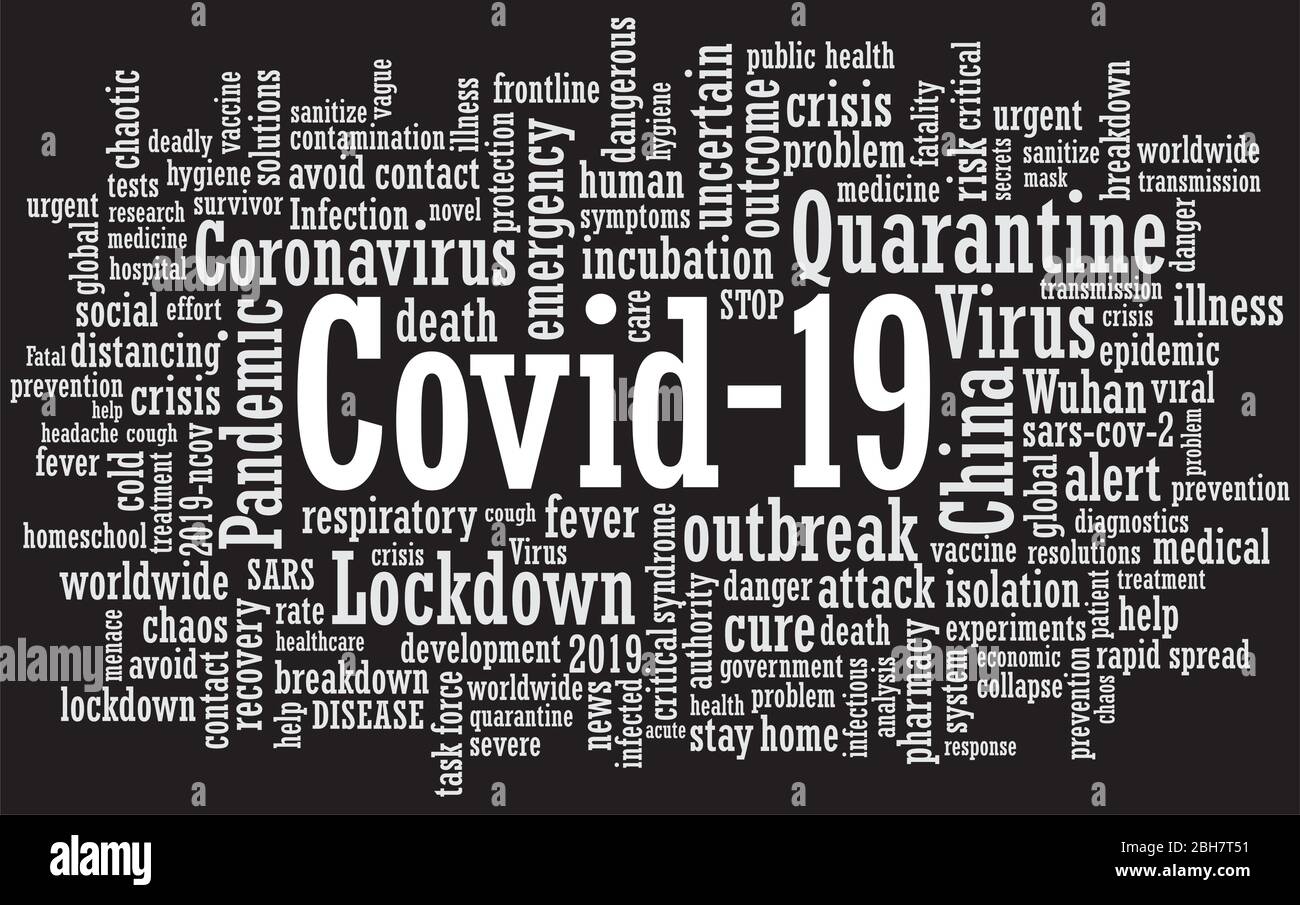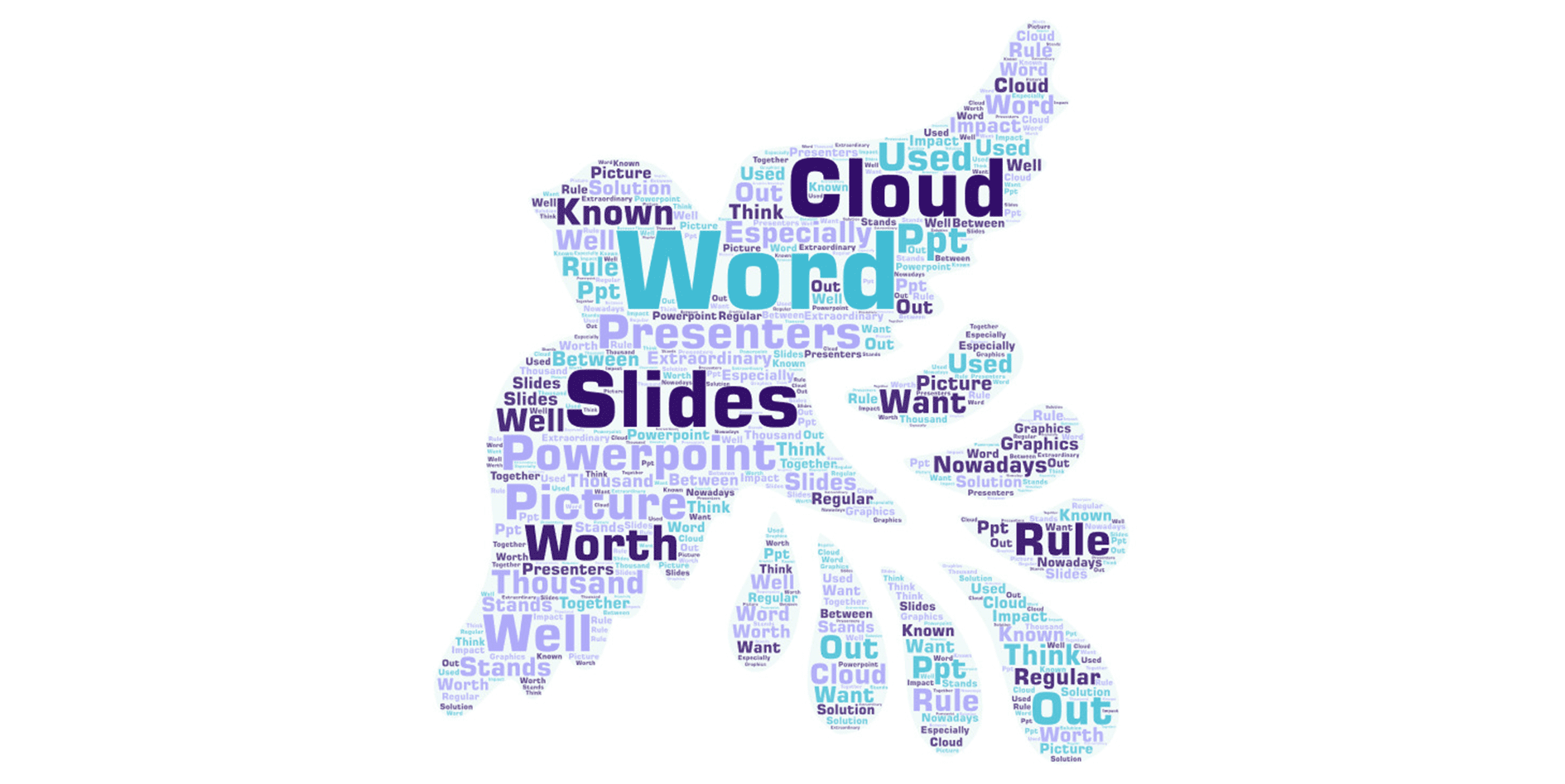

- #Typing master 10 malware how to
- #Typing master 10 malware pdf
- #Typing master 10 malware software
- #Typing master 10 malware code
In summary, FOR610 malware analysis training will teach you how to: To support these activities, you will receive pre-built Windows and Linux virtual machines that include tools for examining and interacting with malware. When performing the exercises, you will study the supplied specimens behavioral patterns and examine key portions of their code.
#Typing master 10 malware software
They enable you to apply malware analysis techniques by examining malicious software in a controlled and systemic manner. Hands-on lab exercises are a critical aspect of this course. The course culminates with a series of Capture-the-Flag challenges designed to reinforce the techniques learned in class and provide additional opportunities to learn practical, hands-on malware analysis skills in a fun setting.
#Typing master 10 malware how to
You will learn how to recognize and bypass common self-defensive measures, including "fileless" techniques, sandbox evasion, flow misdirection, debugger detection, and other anti-analysis measures.
#Typing master 10 malware code
You will also learn how to examine malware that performs code injection and API hooking to to conceal its presence on the system or interfere with information flow.įOR610 malware analysis training also teaches how to handle malicious software that attempts to safeguard itself from analysis. You will learn how to dump such programs from memory or otherwise bypass the packer's protection with the help of a debugger and additional specialized tools. Malware is often obfuscated to hinder analysis efforts, so the course will equip you with the skills to unpack malicious Windows executables. You'll also learn how to examine shellcode.

The course will also teach you how to deobfuscate malicious scripts in the form of JavaScript and PowerShell scripts. You'll learn how to examine macros and other threats that such documents might pose.
#Typing master 10 malware pdf
Next, you will dive the analysis of malicious Microsoft Office, RTF, and PDF document files, which are often used as part of the attack chain in mainstream and targeted attacks. In addition, you will learn to identify common malware characteristics by looking at suspicious Windows API patterns employed by malicious programs. You will learn to examine malicious code with the help of a disassembler and a decompiler to understand key capabilities and execution flow. The course continues by discussing essential assembly language concepts relevant to reverse engineering. You will also start mastering dynamic code analysis techniques with the help of a debugger. You will also learn how to redirect and intercept network traffic in the lab to derive additional insights and indicators of compromise. You will learn how to set up a flexible laboratory to examine the inner workings of malicious software, and how to use the lab to uncover characteristics of real-world malware samples.

The course begins malware analysis essentials that let you go beyond the findings of automated analysis tools. This course builds a strong foundation for reverse-engineering malicious software using a variety of system and network monitoring utilities, a disassembler, a debugger, and many other freely available tools. Understanding the capabilities of malware is critical to your ability to derive threat intelligence, respond to cybersecurity incidents, and fortify enterprise defenses. FOR610 training has helped forensic investigators, incident responders, security engineers, and threat analysts acquire the practical skills to examine malicious programs that target and infect Windows systems. Learn to turn malware inside out! This popular reversing course explores malware analysis tools and techniques in depth.


 0 kommentar(er)
0 kommentar(er)
